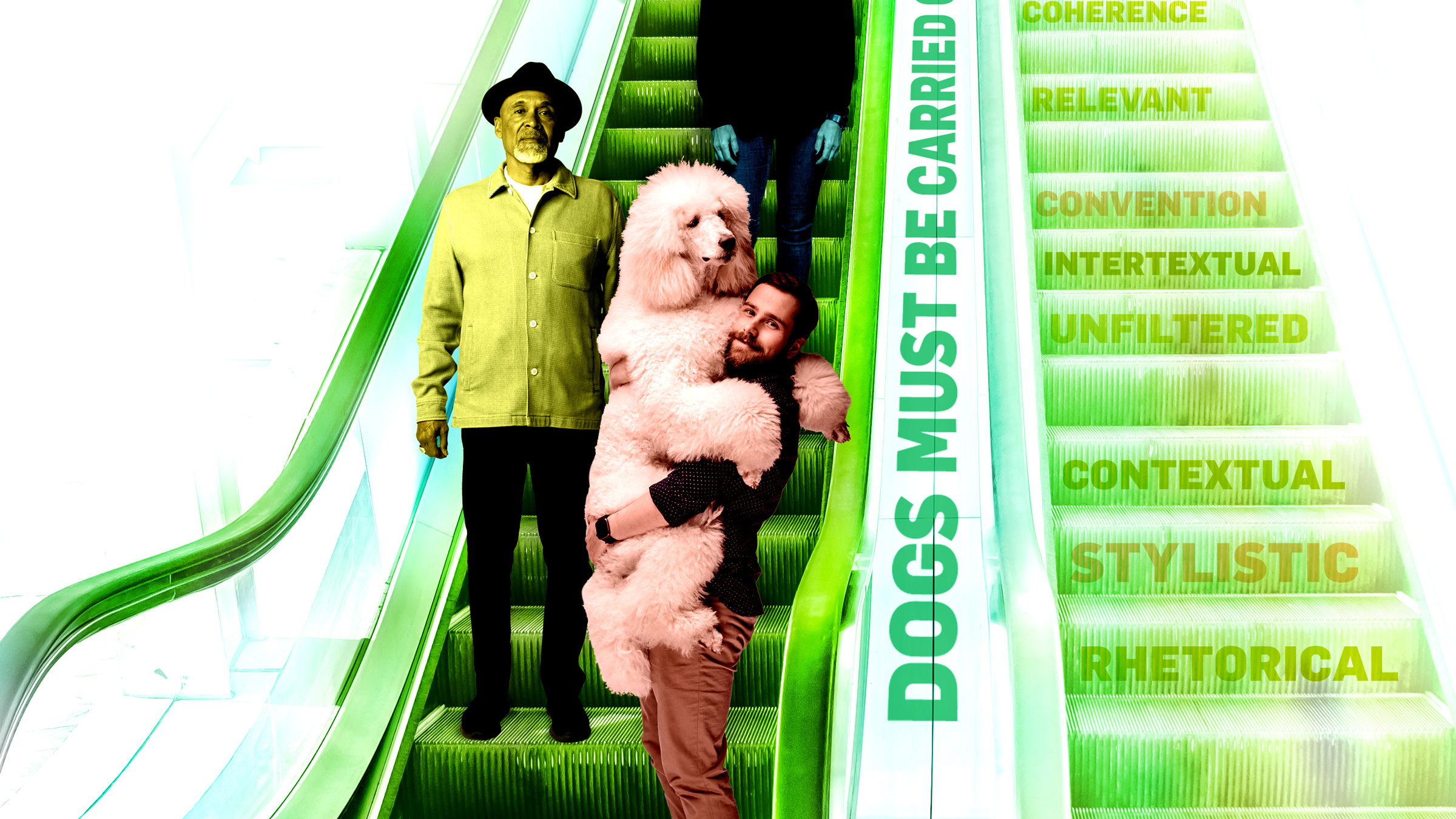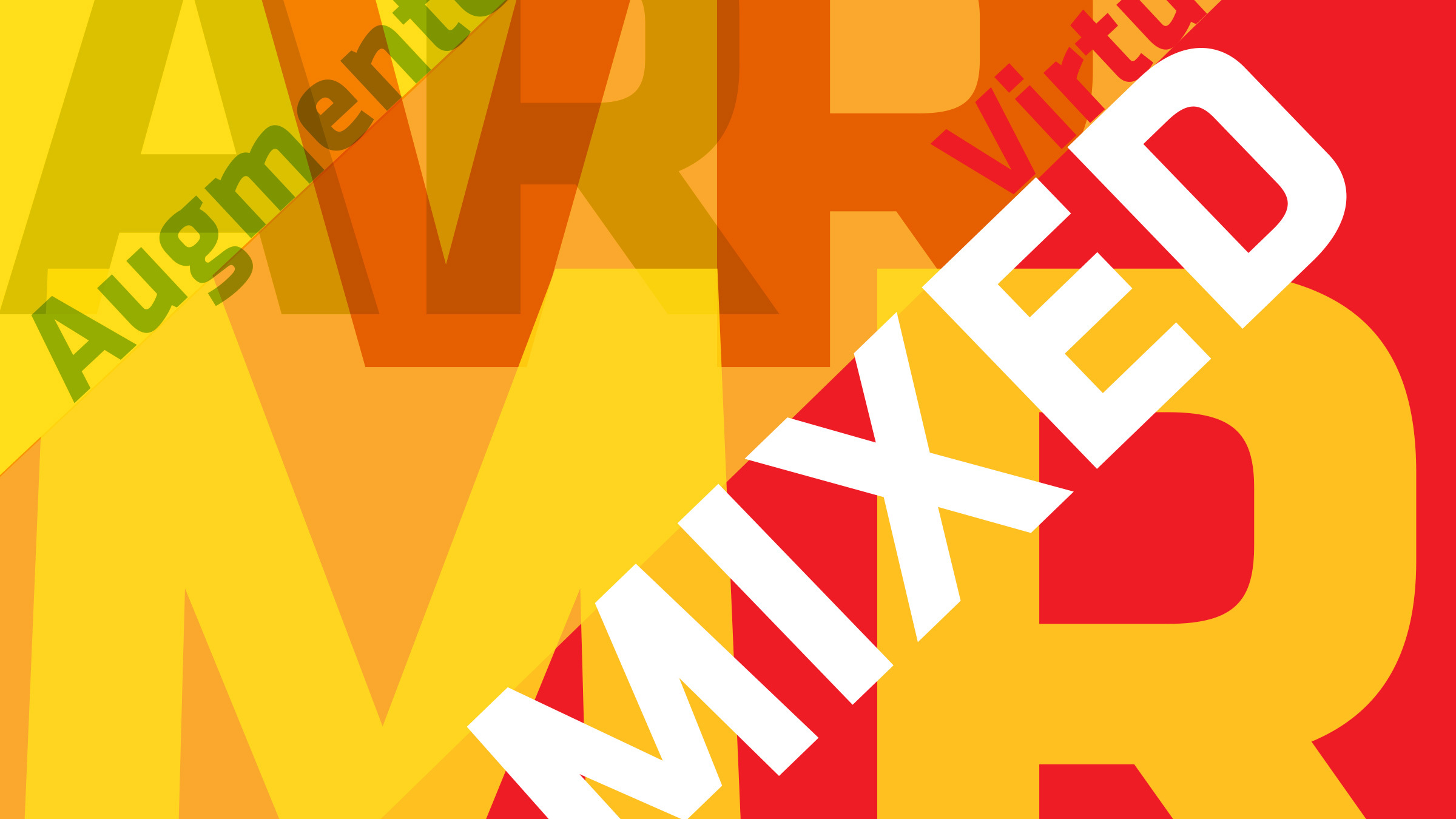The Infrapolitics of Algorithmic Resistance
HCI
How to Ace IT Product Localization: The 101 Guide
Technical Perspective: A Rare Glimpse of Tracking Fake Reviews
"Leveraging Social Media to Buy Fake Reviews," by Sherry He et al., represents a breakthrough in our empirical understanding of fake reviews on Amazon.
"Locating Everyday Objects Using NFC Textiles," by Jingxian Wang et al., describes the potential of Near-Field Communication for advanced home automation.
It Is Time to Let Go of ‘Virtual Reality’
Designing a Framework for Conversational Interfaces
Show It or Tell It? Text, Visualization, and Their Combination
Leveraging Social Media to Buy Fake Reviews
We study the market for fake product reviews on Amazon.com.
Locating Everyday Objects Using NFC Textiles
This paper builds a Near-Field Communication-based localization system that allows ordinary surfaces to locate surrounding objects with high accuracy in the near-field.
Chat Generative Pre-trained… Testimony
Finding the Right Mix of Creativity and Technology
The Interdisciplinarity of Data Science from the Perspective of the MERge Model
Competing Agendas Roil Online Content Moderation Efforts
Face It, Self-Driving Cars Still Haven’t Earned Their Stripes
Duped No More: Navigating the Maze of Social Engineering Schemes
Machine Learning: The Road to Artificial Intelligence?
Federated Learning: How Private Is It Really?
ChatGPT in Computer Science Education: Freshmen’s Perceptions
Giving Users More than They Can Handle
Shape the Future of Computing
ACM encourages its members to take a direct hand in shaping the future of the association. There are more ways than ever to get involved.
Get InvolvedCommunications of the ACM (CACM) is now a fully Open Access publication.
By opening CACM to the world, we hope to increase engagement among the broader computer science community and encourage non-members to discover the rich resources ACM has to offer.
Learn More






















